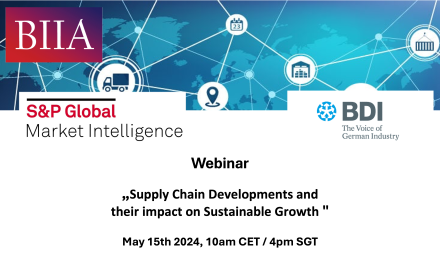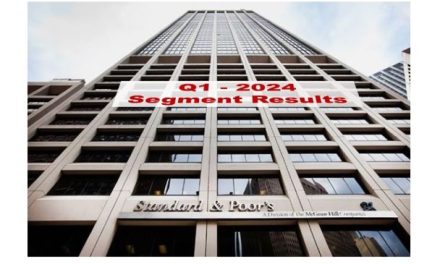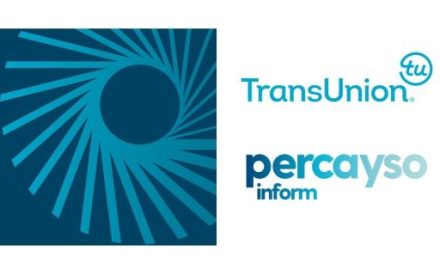ADB: Positive outlook for Vietnam’s economy
In its latest update, the Asian Development Bank (ADB) forecasts that Vietnam’s economy will continue to recover in the last months of the year, supported by strong macro balances, flexible monetary policy, and faster-than-expected recovery in manufacturing, services and domestic consumption.
Vietnam is one of the few economies that ADB keeps its economic growth forecast unchanged amid the gloomy global economy. GDP growth of this economy is expected to reach 6.5% for 2022 and 6.7% for 2023.
 Mr. Nguyen Minh Cuong, ADB Chief Economist in Vietnam, identified food shortages and the recovery of the global supply chain will boost agricultural production this year. However, the agricultural growth forecast is adjusted to 3% from the previous 3.5% forecast, as high input costs may limit the growth of the industry.
Mr. Nguyen Minh Cuong, ADB Chief Economist in Vietnam, identified food shortages and the recovery of the global supply chain will boost agricultural production this year. However, the agricultural growth forecast is adjusted to 3% from the previous 3.5% forecast, as high input costs may limit the growth of the industry.
The decrease in demand in the world market reduces the growth rate of the manufacturing industry. The Purchasing Managers’ Index in August fell to 52.7 from 54.0 in June. As a result, the industrial growth forecast is down from 9.5% to 8.5%, but the outlook remains strong. The industrial sector still has an upward trend due to strong FDI disbursement.
The lifting of travel restrictions due to the Covid-19 epidemic for foreign visitors will support the recovery of tourism in the last months of the year. This means the growth of the service sector is expected to reach 6.6% in 2022. However, this forecast is still lower than the growth of 7.3% for the year 2019 – before the pandemic.
Regarding exports, demand in the world market is weaker, so exports have slowed down. The devaluation of the dong makes imports more expensive than exports, which is expected to lead to a trade deficit.
High global inflation, although gradually slowing, and tightening financial conditions, will continue to reduce remittances. For all these reasons, ADB forecasts a current account deficit of 1.5% of GDP this year, and a deficit of 1.7% of GDP in 2023 due to weaker global growth expectations.
It is also believed that total investment is expected to increase this year. Although global geopolitical tensions and tightening financial conditions continue to limit FDI inflows in 2022, FDI disbursement will increase sharply.
That the government drastically disburses public investment, including the implementation of the Economic Development and Recovery Program, will offset the drop in exports due to the impact of weak demand on the world market.
The SBV continues to pursue a flexible and prudent monetary policy by keeping policy interest rates unchanged. However, Mr. Cuong noted that expansionary monetary policy, such as interest rate support, debt restructuring and debt extension according to regulations without adjusting the debt group may delay the classification of bad loans, which is estimated to account for about 5% of total outstanding loans in 2022.
Attempts to keep the exchange rate stable to support imports and exports could also put pressure on foreign exchange reserves, he added.
According to ADB, the budget deficit is forecast to increase to 4% of GDP this year, due to continued implementation of price control measures, tax cuts, targeted budget support, and spending on social security, health care and Covid-19 vaccination.
However, public debt is well controlled, so Vietnam still has enough fiscal space. It is estimated that public debt was at 43.1% of GDP in 2021, lower than the statutory level of 60%. Meanwhile, Vietnam’s external debt is forecast at 38.4% of GDP, within the statutory limit of 45.0%.
Vietnam’s prudent monetary policy and effective implementation of measures to control prices of petrol, electricity, food, healthcare and education will contribute to curbing inflation at 3.8% in 2022, and 4.0% in 2023.
Rising investment, controlled inflation and expansionary monetary and fiscal conditions are expected to boost domestic consumption, fueling the ongoing economic recovery in 2022.
Consumption may increase for the rest of 2022, and the potential for higher prices for some government-managed goods could increase inflationary pressures.
Although the business environment improved in the first 8 months of the year, business momentum began to slow down and the number of newly established enterprises decreased slightly in August. This decline reflects challenges in the business recovery, such as labor shortages and reduced new orders.
Risks to Vietnam’s economic outlook remain high.
The global recession could hit exports harder than forecast, which would worsen the current account balance.
While aggressive interest rate hikes by central banks in major economies have helped reduce upward pressure on global prices, increasing global geopolitical uncertainty could push commodity prices higher, affecting inflation in Vietnam.
Along with that, the Covid-19 epidemic may break out again in the context that the health system is not ready enough, because many medical staff have recently resigned and there is a shortage of medicines and medical equipment.
Labor shortages will hinder the rapid recovery of the service sector and labor-intensive export sectors in 2022. Failure to properly disburse public investment and social spending as planned could slow down growth this year and next.
Source: Courtesy of Alice Thao Le – VietnamCredit
Member of BIIA



























